Finland can manage the whole battery value chain from minerals to recycling
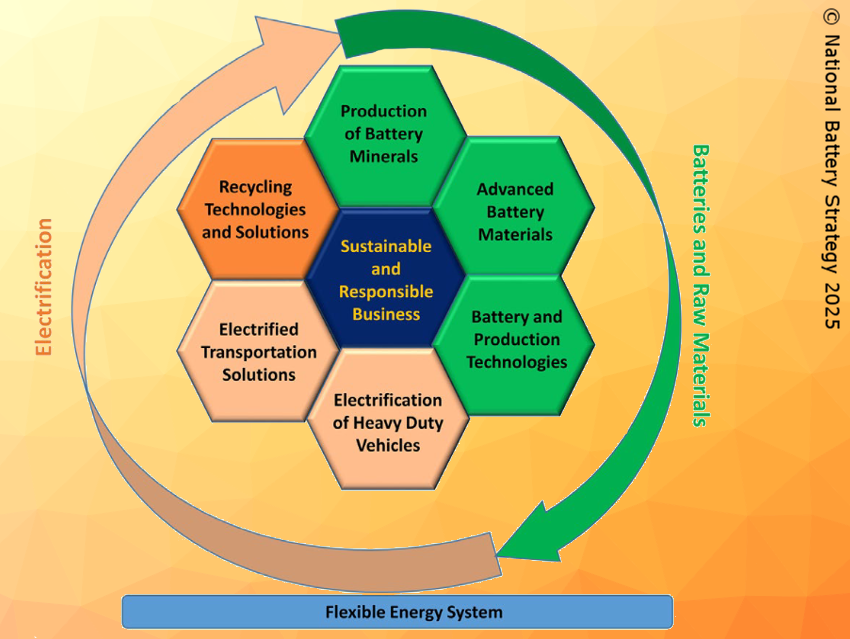
Finland’s National Battery Strategy
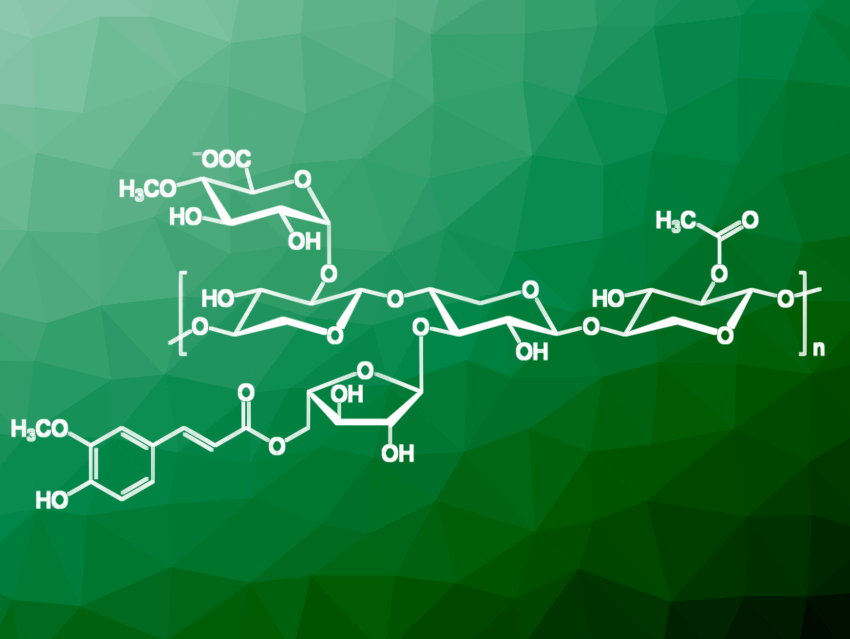
EnXylaScope Project on Debranched Xylan
EnXylaScope is a €6 million research and innovation action involving 13 organizations from 10 European countries
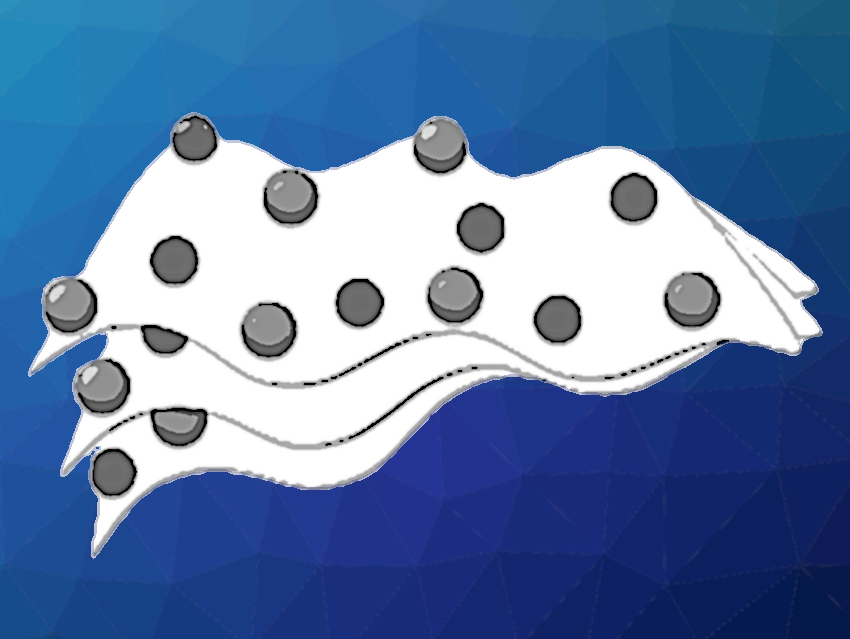
Supported Transition-Metal Sulfides and Oxides as Electrocatalysts
Excellent activity for the oxygen evolution reaction (OER)
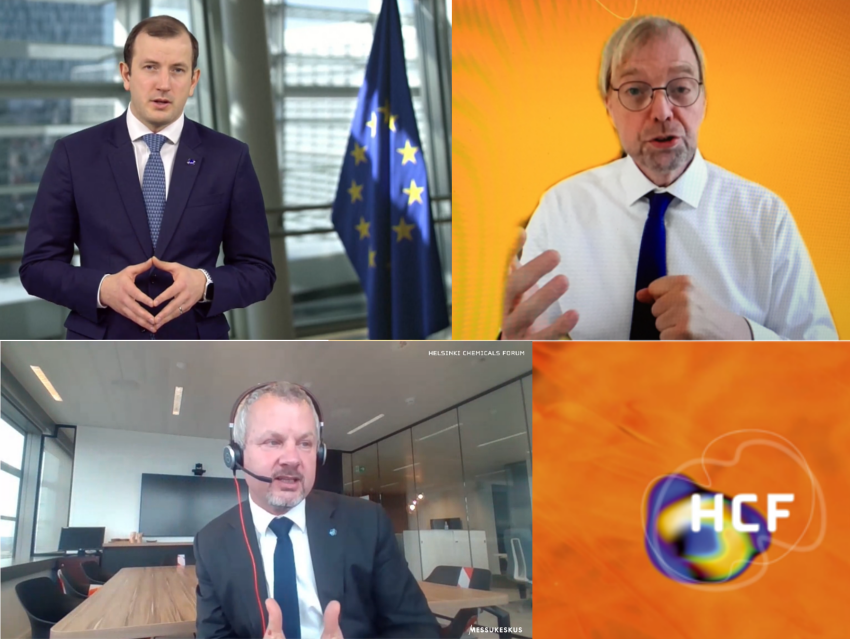
The New EU Chemicals Strategy
Expert discussions at the Helsinki Chemicals Forum included the Green Deal and the EU Chemicals Strategy
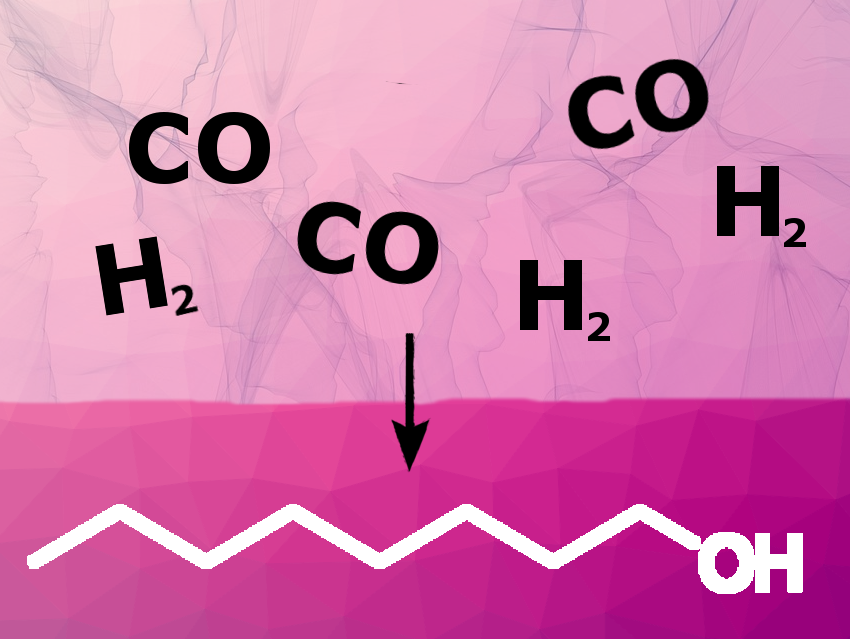
Industrial Waste Gases for Chemical Production
1st success: LanzaTech and BASF produce n-octanol at a laboratory scale from carbon monoxide and hydrogen
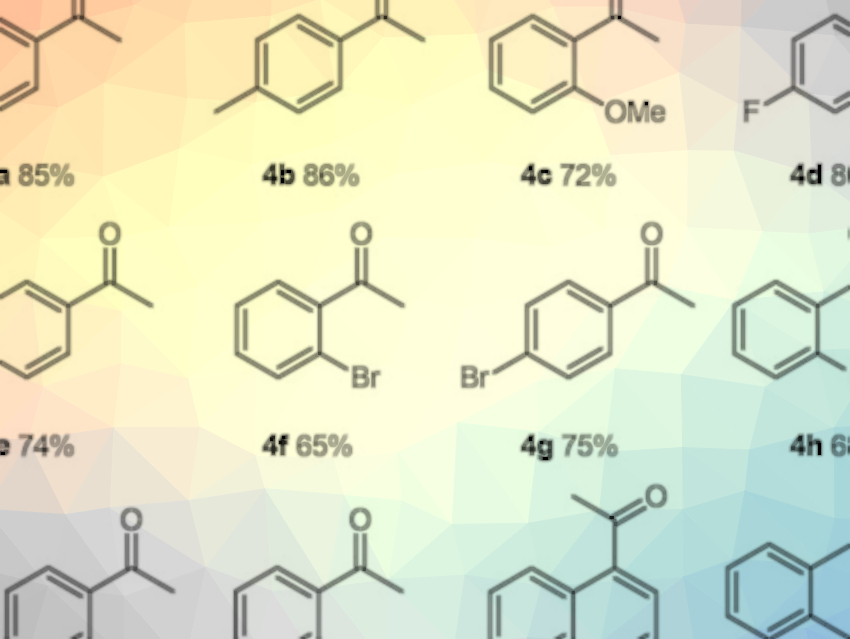
Green Synthesis of Aromatic Ketones in Water
Mild and efficient photocatalytic C−H oxygenation
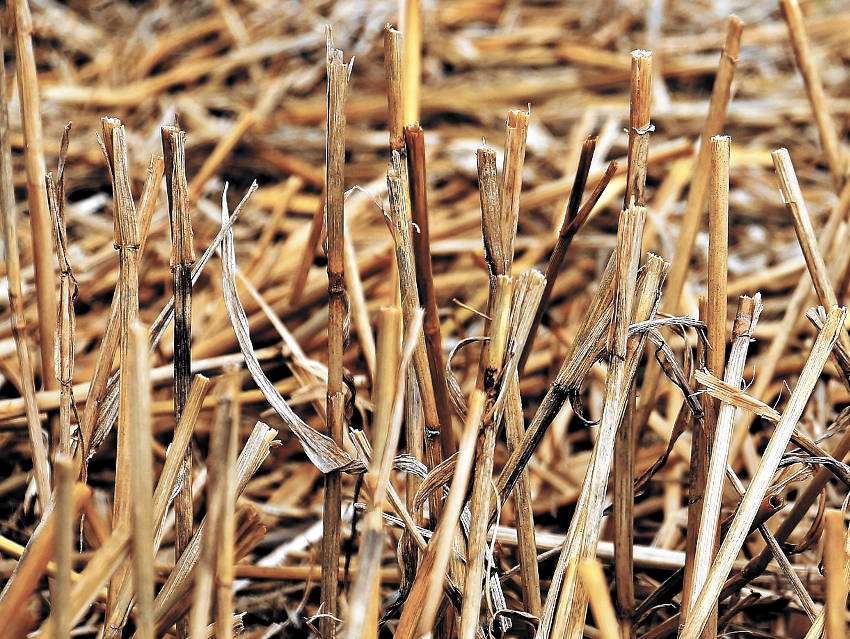
Lignocellulose-Degrading Enzyme Found in Fungus
Better digestibility of agricultural waste for the sustainable production of fuels and chemicals
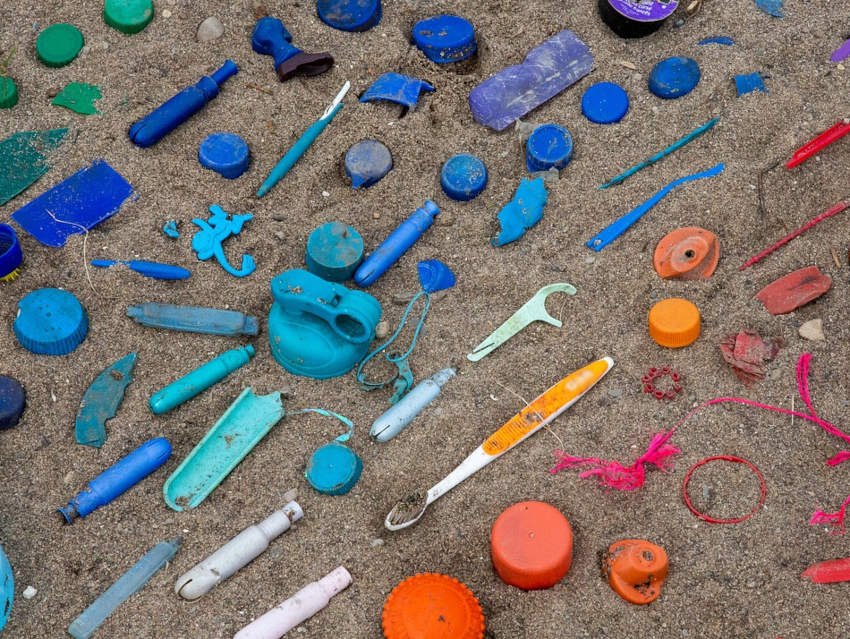
Putting Microplastics to Good Use
Material based on foam made from waste microplastics can be used as acoustic and thermal insulation
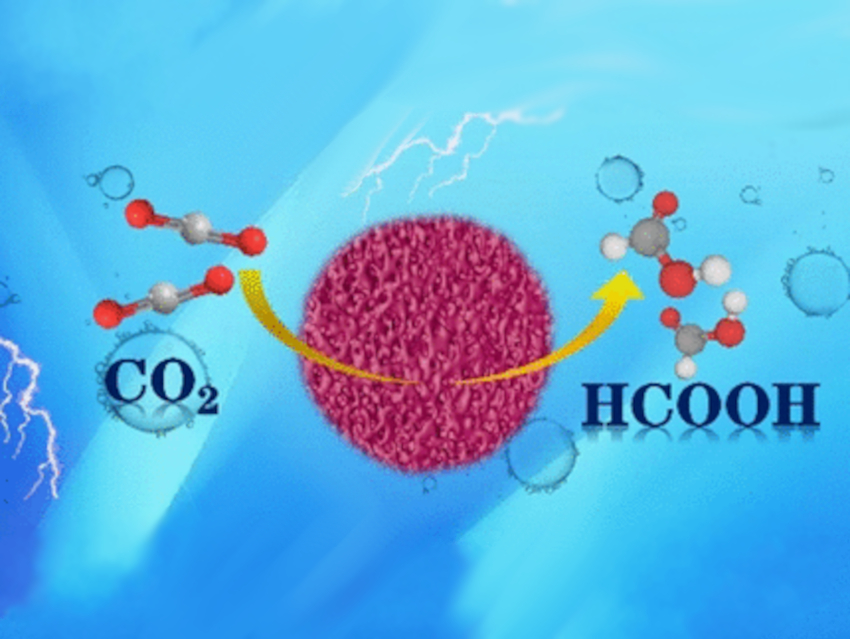
Electrocatalytic CO2 Reduction Made More Accessible
Economical alloy-based aerogel as an electrocatalyst for carbon fixation

Most Accessed Articles: March 2021
Highlights from Chemistry Europe, ACES, and GDCh journals